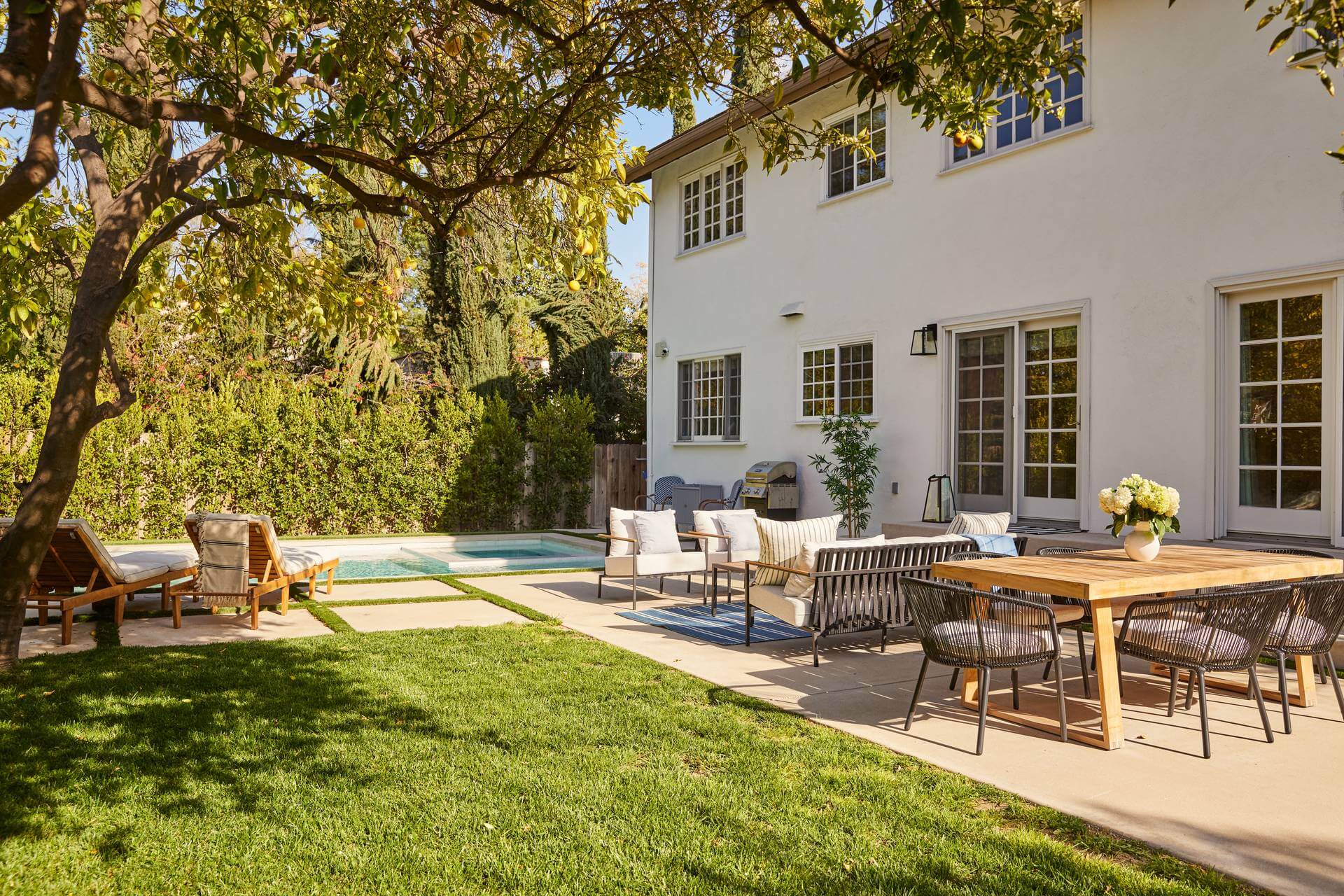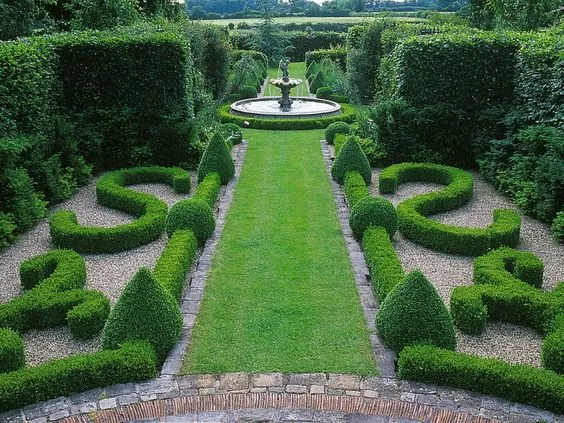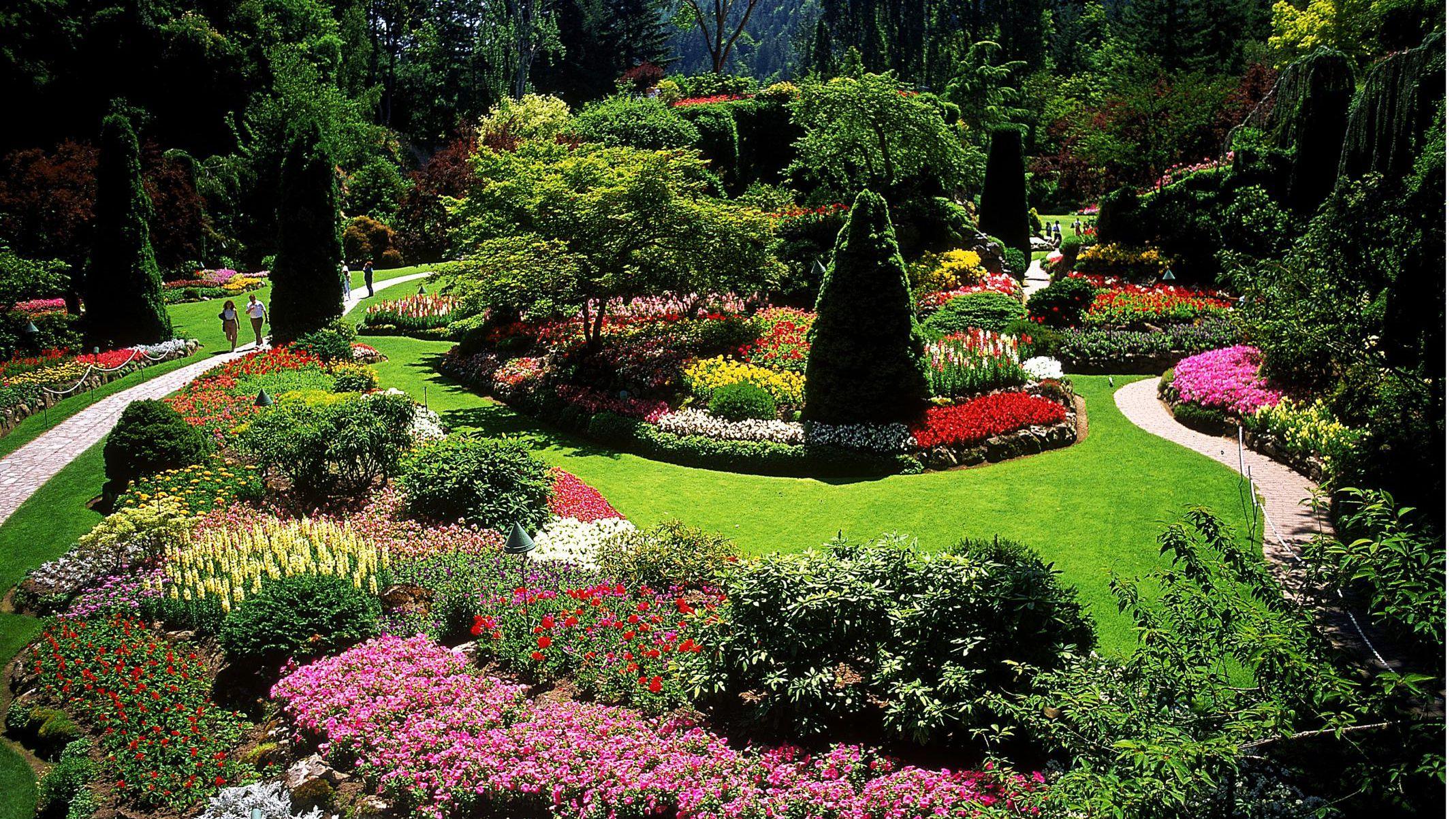The Ultimate Guide To Landscapers
The Ultimate Guide To Landscapers
Blog Article
Top Guidelines Of Landscapers
Table of ContentsWhat Does Landscapers Mean?Get This Report about LandscapersThings about LandscapersThe Main Principles Of Landscapers Some Of LandscapersAll About Landscapers
Outdoor design is defined by the sum of the components. In the most effective designs, growing, products, furnishings, and ornamental elements all interact to collectively reveal a concentrated feel and look. These landscape layout concepts from Yardzen's first-rate team of landscape designers and designers will obtain you assuming about your design.Amorphous, naturalistic groupings. Even more types diversity. Not expensive. Modest products. Harsh around the sides. Often rougher appearances corten steel, crushed rock, decomposed granite, weathered wood. Now reflect to geometry course and the x and y axes. When thinking (or interacting) about style, try imagining each axis as a spectrum: On the, you have modern at one end and standard at the various other.
Take into consideration adding stones to round out the area. It's good to keep in mind that cacti, agave, and succulents expand well in numerous regions outside of the arid Southwest. Take a look at this Sunset write-up to see lovely cactus landscape design ideas in the PNW.Many desert plants have the gravitas to hold their very own as accent plants.

The Single Strategy To Use For Landscapers
Whether structured or naturalistic, stay with a loose rhythm of planting, open room, planting when making up desert styles. Better too open than too stuffed. Southwestern style outside home in Dallas, TX Southwestern design backyard lounge with outside fireplace in Dallas, TX Southwestern style front yard and exterior design includes local curb appealJust as you may have guessed, Southwestern landscapes remember the colors, appearances, and kinds of America's Southwest.
Hardscaping selections often tend to be just stylish: bluestone pavers, pea gravel, and brick. Crucial to remember: due to the fact that traditional lawns are organized and beautiful, they have a tendency to call for a great deal of maintenance - Landscapers. Formal standard design in Princeton, New Jacket backyard design Official typical front lawn designFormal standard gardens emphasize framework and geometry
Domestically, this design is commonly related to New England and the South, though traditional formal yards can be discovered practically anywhere in the United States. The common use of boxwood bushes is a nod to the traditional formal design. Avoid decorative turfs, and lean on medium to dark green hedges like boxwood or Pittosporum.
Spend lavishly on rock paving for crucial patios, then get informal with crispy gravel for paths and seating locations that are further from the home. Requirement typical backyard design with pergola in Massachusetts Standard traditional sloped front yard designStandard typical layouts borrow a little bit from home and a bit from formal traditional to develop tidy yet comfy designs.
Getting The Landscapers To Work
You'll see Resources curving edges to paths and outdoor patios, a modest quantity of blossom shade in a reasonably large color variety, and paving in warmer neutral colors, specifically in even more deserts. Natural shaped stone courses are an of course, big rectangle-shaped concrete pavers are a no. Plant layout in this style varies with customer choice.

The cottage garden design today is typical and informal. Planting is full and highly intermixed, with lots of vivid flowers mixed among shrubs and perennials. The you could look here result is ebullient and a bit unkempt. Much more refined backyards, like the one included right here, bring in the colors and blossoms of traditional home yards but curtail the density.
Furniture can have decorative style, but must not be fancy points fit in best when they're a little weather-beaten. Artisan front lawn with vivid landscape and home exterior accents Artisan style yard with long horizontal lines developed by balcony, pergola, and seatingTraditional craftsman homes feature low-pitched roofing systems, horizontal lines, in-depth woodwork, decorative aspects, and vibrant accents.

Unknown Facts About Landscapers
Plants have a tendency to be planted monolithically a hair of a solitary decorative lawn species swaying in the wind next to a clean concrete edge is a classic, and appealing, step. Blossoms are home uncommon in this style.
The following vibe is intense, ventilated, and enjoyable. Plants need to seek lushness, but maintain it environment appropriate. In drier areas, lean on lawns and drought forgiving perennials, in addition to native brushes in shadier areas (Landscapers). Some species range is ok, yet don't get as well combined. Plant layout must favor the informal set up plants in naturalistic clusters, highlighting elevation layering and textural selection to create a sequence of scenes interspersed by openness.
You can produce a visually pleasing landscape by complying with these 6 principles of style. There are six principles of style that have been utilized by artists for centuries throughout all art types, paint and floral design in addition to landscape design. They are: Balance Focalization Simplicity Rhythm and Line Proportion Unity Equilibrium is a state of being as well as seeing.

The Main Principles Of Landscapers
Any type of good layout has a centerpiece the area where the viewer's eye is very first brought in. Focalization is often described as focalization of interest or simply centerpiece. The focal factor is the toughest element in the style in any type of provided sight. A home's focal point is usually the front door.
Each area of the landscape may include a focal point, yet it is certainly not required. Landscape designers must not overuse focal factors. In any type of sight, individuals are drawn in to intriguing plant forms, bright shades and imaginative, architectural layout in addition to art or sculptures (Landscapers). Mix it up, have some fun and create intriguing prime focus.
Keeping landscapes simple, not jumbled or fussy is always a great technique. This is not the opposite of intricacy. Many landscapes have really complex attributes, including the architectural design, water features and considerable lights functions. Landscapes that make people happy and comfy prevent using way too many shades, shapes, contours and appearances, however in no chance does this mean simple, uninteresting or absence of creativity.
Landscapers Can Be Fun For Everyone
In landscape design, the period is normally area. Plants, teams of plants, lamp posts, benches or various other structures can be duplicated within the layout to produce this rhythm. Lines within a landscape are produced in a landscape by the shape and form of the planting beds, pathways, where the lawn meets pavement and various other hardscaping features.
Report this page